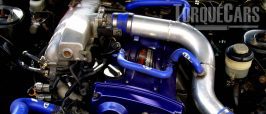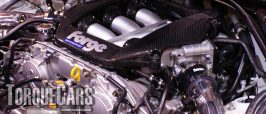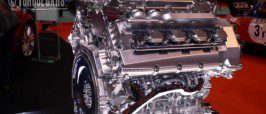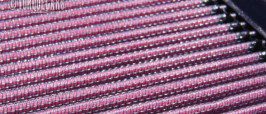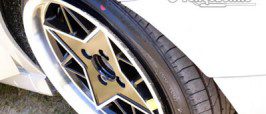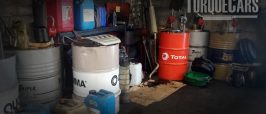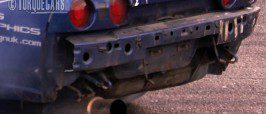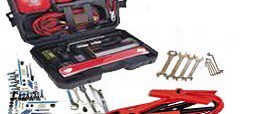Caterham Tuning Tips and best mods
Maximise your Caterham’s driving pleasure
Thank you so much for visiting TorqueCars, we love Caterham’s and see quite a few interesting projects.
If you are looking to build the ultimate Caterham then you’ve found the right place.
Our tuning tips and articles for the Caterham cover all the best mods and latest tuning methods to help you build a great modified Caterham.
With the help of our forum members, industry professionals and seasoned car modders we present a best practice guide to modding your Caterham.
Please join us in our forums, we love to hear what members are up to and it helps us spot trends so that we can ensure the site is always covering the latest and greatest tuning topics.
Feel free to drop a tip or suggestion on the comments box at the bottom of each and every article, this feedback is greatly valued and helps us refine our articles.
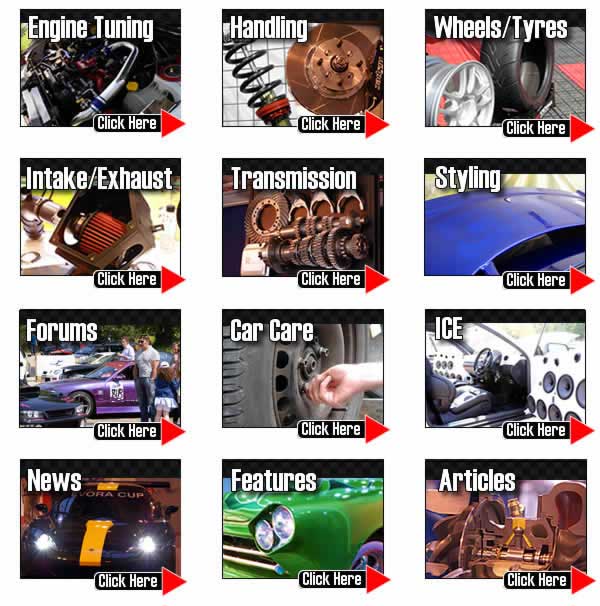
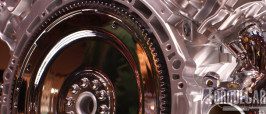
We look at the benefits and disadvantages of solid flywheel conversions from a DMF and help you decide which is right for you.
It is our considered opinion that unless a car is used extensively for competition or off road you should stick with a DMF. The additional torque caused by tuning an engine or heavy competition use can quickly destroy a DMF. The solution would be to fit a stronger, higher performance DMF but the aftermarket industry seems geared up to offer solid ones as the upgrade option.
Blow off valves, dump valves and screamer pipes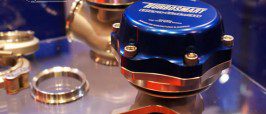
Blow off valves and dump valves.
When the throttle is closed (when you lift off the accelerator) in a turbo driven engine there is a build up of pressure as forced air is still coming from the turbo. Lifting off the throttle is a lot like putting a plug in the sink – the flow through is stopped and water would just build up and overflow the sink.
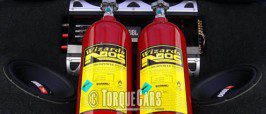
Giggle gas – something to put a smile on your face. "Giggle Gas – Nitrous Oxide (N20) the power button!" […]
How to lower the engines compression ratio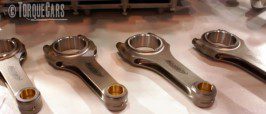
Reducing the compression ratio is required if you want to run a high boost supercharged engine. High compression NA (naturally aspirated) engines are quite efficient but when adding forced induction you want to lower the compression ratio.
The compression ratio has a dramatic effect on an engines performance and the problem of knock, (where the air fuel mix prematurely ignites) is controlled to a large degree by the compression ratio.


